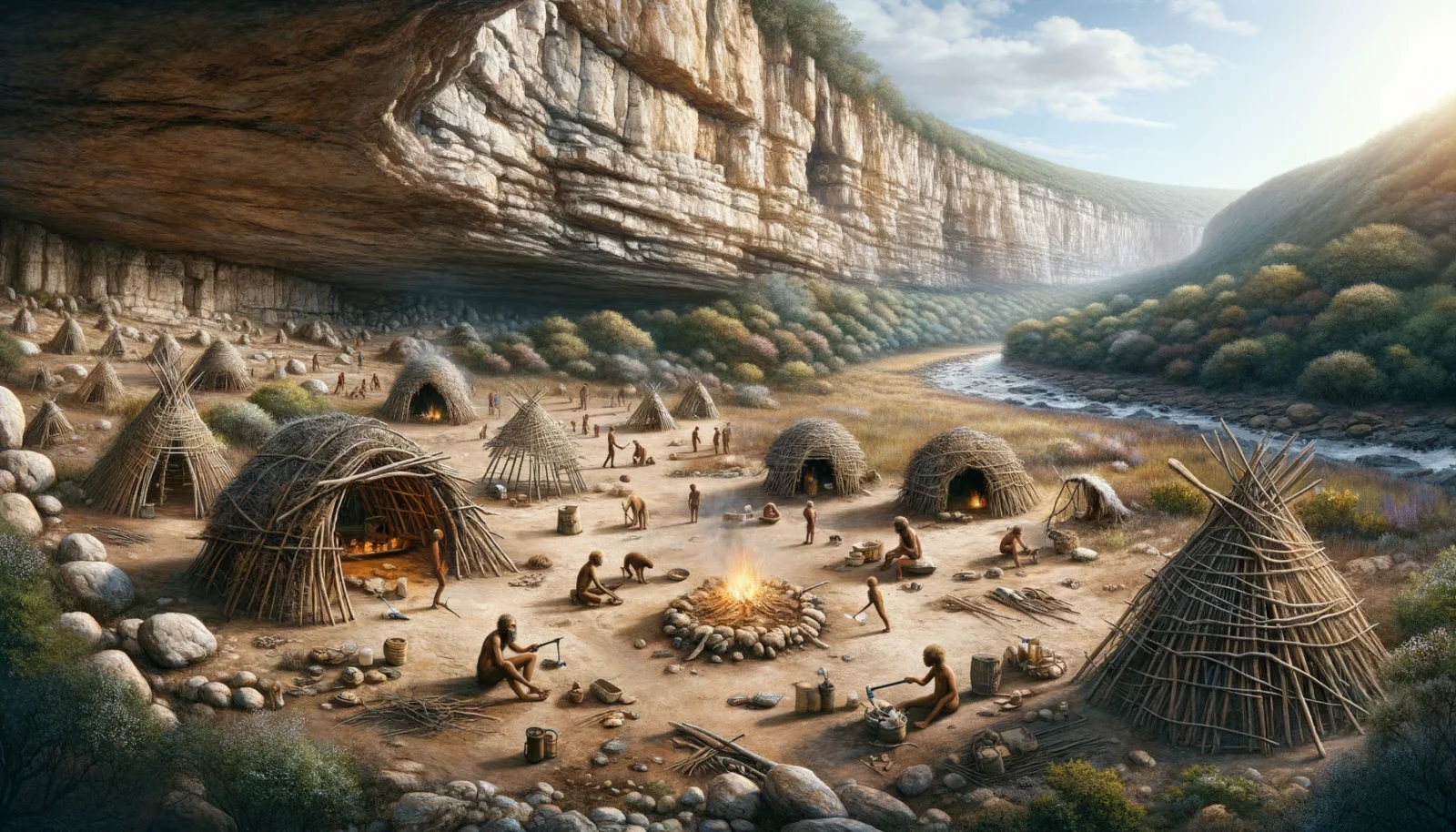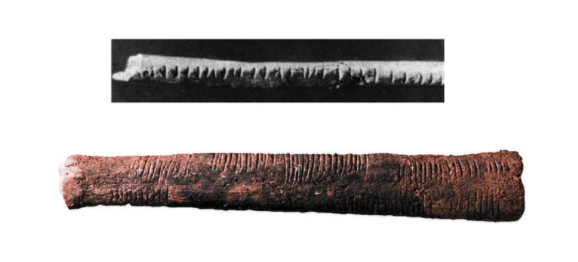First Clothes: Proto-Clothing and the Advent of Garments
Proto-clothing, encompassing basic garments such as animal skins and possibly decorative natural materials, likely emerged among hominins around 600,000 years ago, with Homo heidelbergensis being a probable early adopter. This species, experiencing diverse and often colder climates across Europe and Africa, may have utilized simple clothing as a practical response to environmental challenges. Analysis: The […]
First Clothes: Proto-Clothing and the Advent of Garments Read More »




















